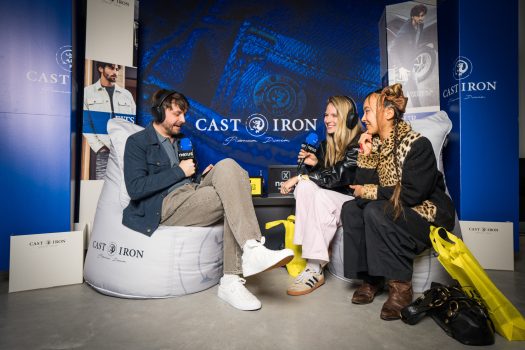Believe it or not, Elena Alexandra Apostoleanu, better known by her stage name Inna, has been releasing chart-topping hits for over a decade now. During that time, she’s brought us iconic tracks like “Sun Is Up”, “Ladies”, and “Flashbacks”, whilst also starring in her own YouTube-based reality TV series Dance House Queens.

But how did her career get where it is today? Well, it all began with her debut track, the hyper-hit of 2008: “Hot”.
“Hot” is a dance track with no slack. It’s the kind of classic beat we keep going back to because, even though it feels like the sound of 2008, “Hot” would fit right in with the modern genre and probably still top the charts.
The track’s use of trance-inspired beats is undoubtedly a massive aspect of its secret to success. While the lines between genres have become far more blurred over the last decade, at the time, the decision to integrate the trance inspiration into what is, at its heart, an electro song was not unique but distinctly memorable.
All that being said, the initial reaction to the song from critics was somewhat mixed. While some praised the song for its simplicity and catchiness, others implied it did little to advance the genre.
In an article for the BBC, Fraser McAlpine described the song as “fly-by-night dance music” that wouldn’t “stand the test of time.” Although McAlpine then goes on to say that this doesn’t matter and that such analysis is “missing the point”–ultimately giving the song three out of five stars–this kind of reaction points to something interesting in the way we talk about the more commercial side of the modern music industry.
Because “Hot” is, undeniably, a commercial song, everything about it, from its catchy melody, to its short length to its simple–and many would say clichéd–subject matter makes for a song that was tailor-made for the club scene of 2008.
One could say that this song hasn’t aged because the club scene hasn’t aged. There have been shifts in the genre, but they come down to different artists finding new ways of doing the same thing for the most part. However, the core purpose of this kind of commercial music hasn’t changed. “Hot” isn’t trying to be boundary-pushing or original. It’s just trying to be a catchy song you can dance to.
After 14 years, Inna is still here, and “Hot” is still as enjoyable now as it was then, but all this begs the question: will we still be listening to “Hot” in another 14 years’ time. A part of what makes this kind of commercial music work is time and place. We enjoy it because we had a good time listening to it. We enjoyed it because they played it in the club and we have good memories of those times, but that’s probably as far as it goes.
In short, 14 years might feel like a long time in the modern music world, but it isn’t really. Inna is still putting out music and, no doubt, has a whole new generation of fans who’ll go back and listen to her older stuff but perhaps standing the test of time means more than that.
The real question is whether people will still be listening to songs like this in the decades to come? We’ll have to wait and see.





